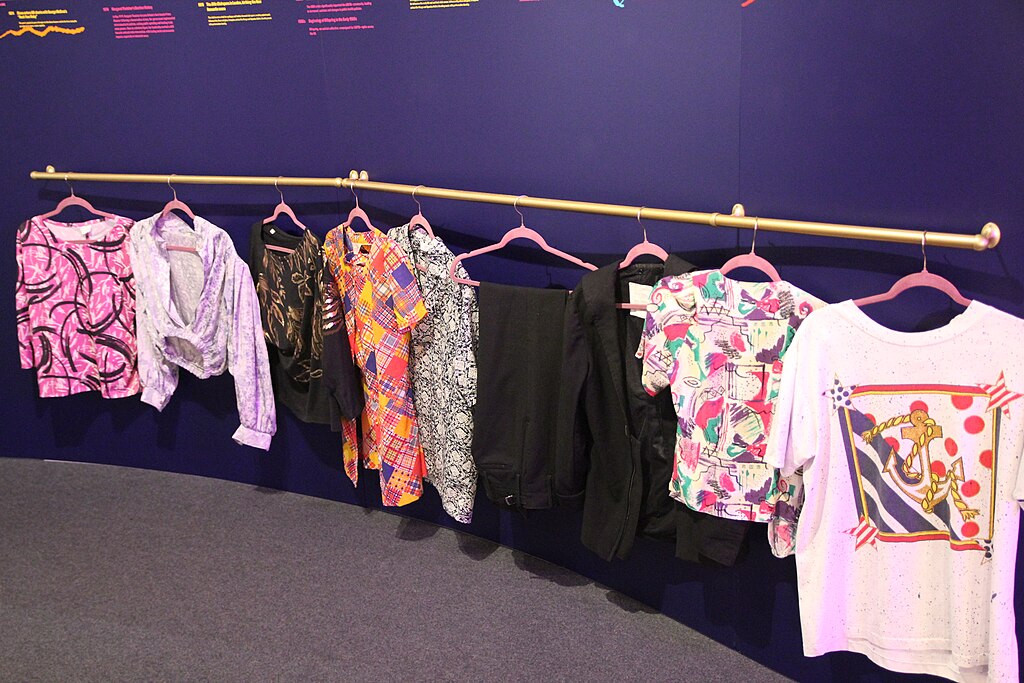
Clothing Construction – Short Notes
1. Introduction
Clothing construction refers to the process of making garments from fabric. It involves taking measurements, choosing suitable materials, cutting fabric, and sewing pieces together to create finished clothing. Good clothing construction requires accuracy, skill, and understanding of sewing techniques to produce well-fitting and durable garments.
2. Importance of Clothing Construction
Ensures clothes fit the body properly.
Helps in creating unique, personalized designs.
Saves money by repairing or making clothes.
Improves creativity and fashion skills.
Enhances self-reliance and confidence in dressing.
3. Tools and Equipment Used
Small Tools (Hand Tools) Large Equipment
Tape measure Sewing machine
Scissors and shears Iron and ironing board
Needles and pins Cutting table
Seam ripper Dress form (mannequin)
Thimble
4. Taking Body Measurements
Use a flexible tape measure.
Measurements should be taken over fitting clothes.
Common measurements include: burst/chest, waist, hips, shoulder, sleeve length, dress length, and skirt length.
Accuracy is important for a good fit.
5. Selecting Fabric and Patterns
Choose fabric based on purpose, season, comfort, and durability.
Fabrics may be natural fibers (cotton, wool, silk) or synthetic fibers (polyester, nylon).
A pattern is a template used to cut fabric pieces accurately.
Choose a pattern suitable for your skill level and body measurement.
6. Cutting Out Fabric
Lay the fabric flat on a cutting surface.
Pin the pattern pieces onto the fabric.
Cut carefully following the gray line.
Leave space for seam allowance (usually 1–1.5 cm).
7. Sewing Techniques
Temporary stitches: Used to hold fabric in place (e.g., tacking/basting).
Permanent stitches: Used to join fabric permanently (e.g., running stitch, backstitch).
Machine stitches: Faster and stronger (e.g., straight stitch, zigzag stitch).
Press each seam after sewing for a neat finish.
8. Finishing a Garment
Finishing includes hemming edges, attaching fasteners (zippers, buttons), and final pressing.
Good finishing improves the appearance and durability of the garment
- Teacher: Sheilah Demesi
